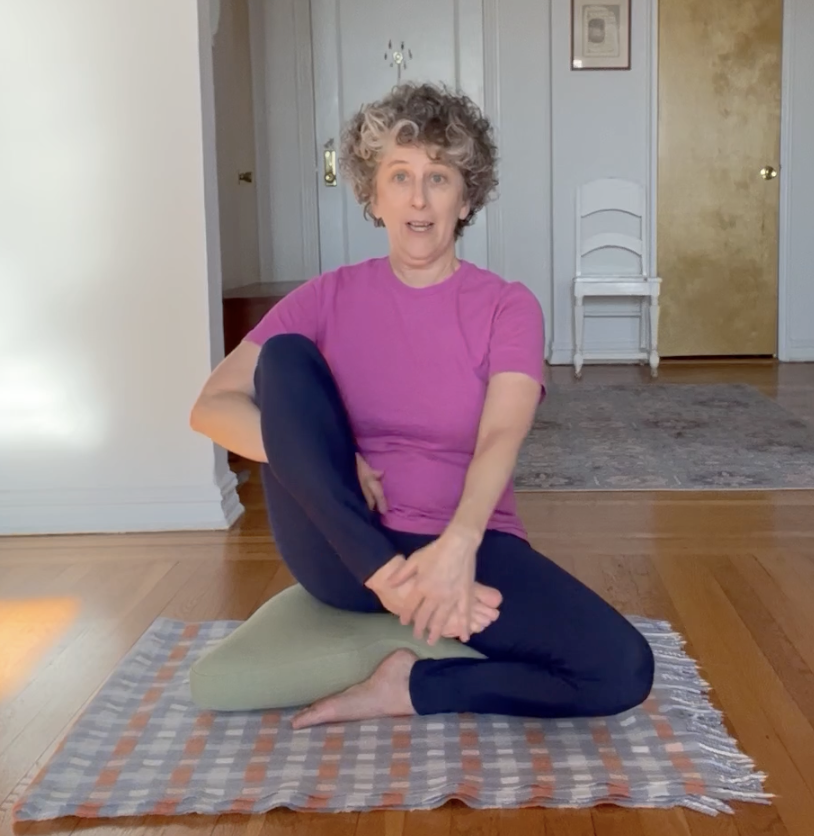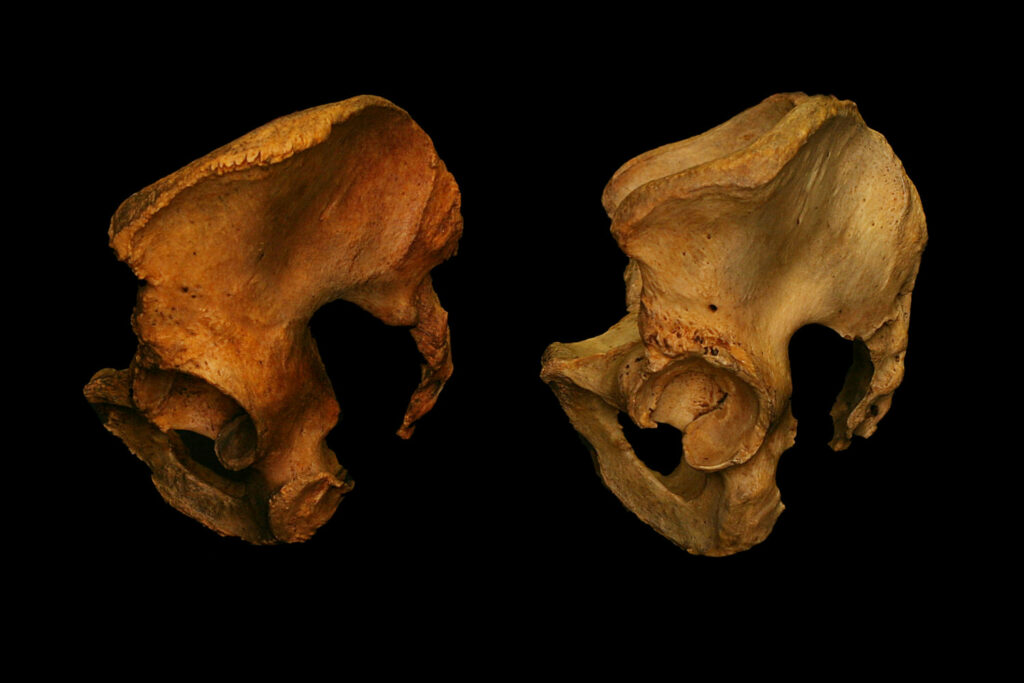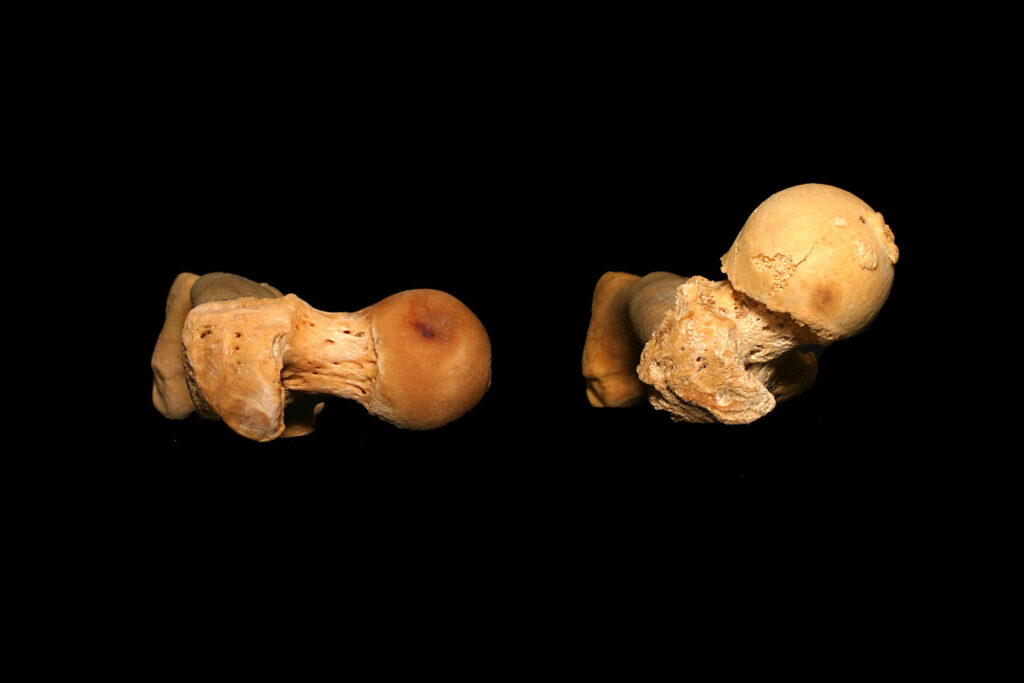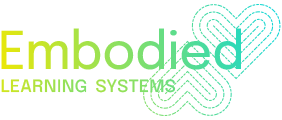
I just finished a one day meditation retreat and noticed, in my peripheral vision, a woman clearly suffering from hip or back pain. She tried everything to get comfortable, including hip opening stretches, but I don’t think it worked.
She bowed her head down to release her back. She sat hugging her knees for awhile, and then sat with her legs totally outstretched. All this while trying to stay quiet and not disturb others.
I noticed she was gone after lunch. I don’t know why she left, but I’m happy that she didn’t grind through the whole day in pain. It’s one thing when discomfort is the itch under your nose, or uncomfortable emotions that are coming to the surface as you quiet your mind… and another when it’s sciatica or back pain.
It’s hard to know the difference between pain we need to accept and pain that isn’t actually necessary. How long does it take to find out which it is? How do we know if it’s possible to resolve it, or wether we need to accept live with it?
Once upon a time, I myself almost gave up on sitting meditation because it made my hip and sciatic pain so much worse. Eventually, I was delighted to find out, with some patience and experimentation, that this wasn’t true!
Hip opening stretches are often the prescribed solution for discomfort and tight hips in meditation, but they often fail to bring results. Why? Because all bodies are not flexible and all hips are not the same. Embodied Learning Systems to the rescue!
Here’s where one of my core values comes in handy: Your body is more important than any technique or practice – it is your best teacher.
You know you are in harmony with your design when micro-motion is possible. If it’s not, you are probably forcing things in some way. No two bodies are exactly the same, no two people will move or sit in exactly the same way. No two hip joints are alike.
To me, this is a wondrous thing to be celebrated! It’s hard to honor our unique bodies, however, when we come together in communities that have certain aesthetic preferences. Embodied Learning Systems is here to fortify you with knowledge and experimental practice that keeps you in the drivers seat when it comes to your own body.
Let’s look at the beautiful variety of shapes, sizes, and angles of our hip joints and femur bones. Imagine how wonderful it would be if you walked into a meditation hall and saw 25 people, each one sitting in a slightly different way!



Looking down on the neck/head of six left femurs. The degree of torsion (twist) increases from left to right.

I prefer to look at sitting as just one moment on a continuum of possible movement. Our bodies can all do some version of standing or extension (if we have legs), to sitting, to crawling, to folding up in a ball, to lying down.
Today’s video is the last in a series of four that look at how our hip joint is designed for this range of motion and how we can keep it happy, lubricated, and open even when sitting.
Hip opening stretches happen naturally when you crawl. Reach your unique feet behind your unique butt and crawl backwards and forwards to activate your full range of motion. (See the whole series of videos.)
Once you have explored those movements, you can activate a micro-version of them when you are in sitting position. If you can’t activate these subtle movements in your hip joints, you are probably sitting too close to the ground, forcing your ligaments and joints past their range.
Sit higher up until you can tip forwards and backwards, and make small circles at the hip joint.
The deeper and/or the more forward facing your hip joints are, the easier it will be for you to use the following strategies:
- Sit higher up (using a high cushion or a stool – HERE and HERE are good sources)
- Sit with your legs less turned out, fully parallel, or even slightly turned in, and stabilizing yourself with more/forwards/backwards balance (see the video for details).
The shallower or more side facing your hip joints are, depending also on the flexibility of your ligaments and tendons, the easier it will be for you to use these strategies:
- sitting lower to the ground
- Sitting with legs more turned out, with more side/side stabilization (see the video for details).
If you need some focused embodiment support for meditation, I highly recommend a course of 5 lessons online – or in person if you live in NYC. Learning how to care for and move your unique body can be so liberating! It is the beginning of extending curiosity and compassion to others.
